Ash Yellows Disease Treatment: Learn About Ash Yellows Phytoplasma
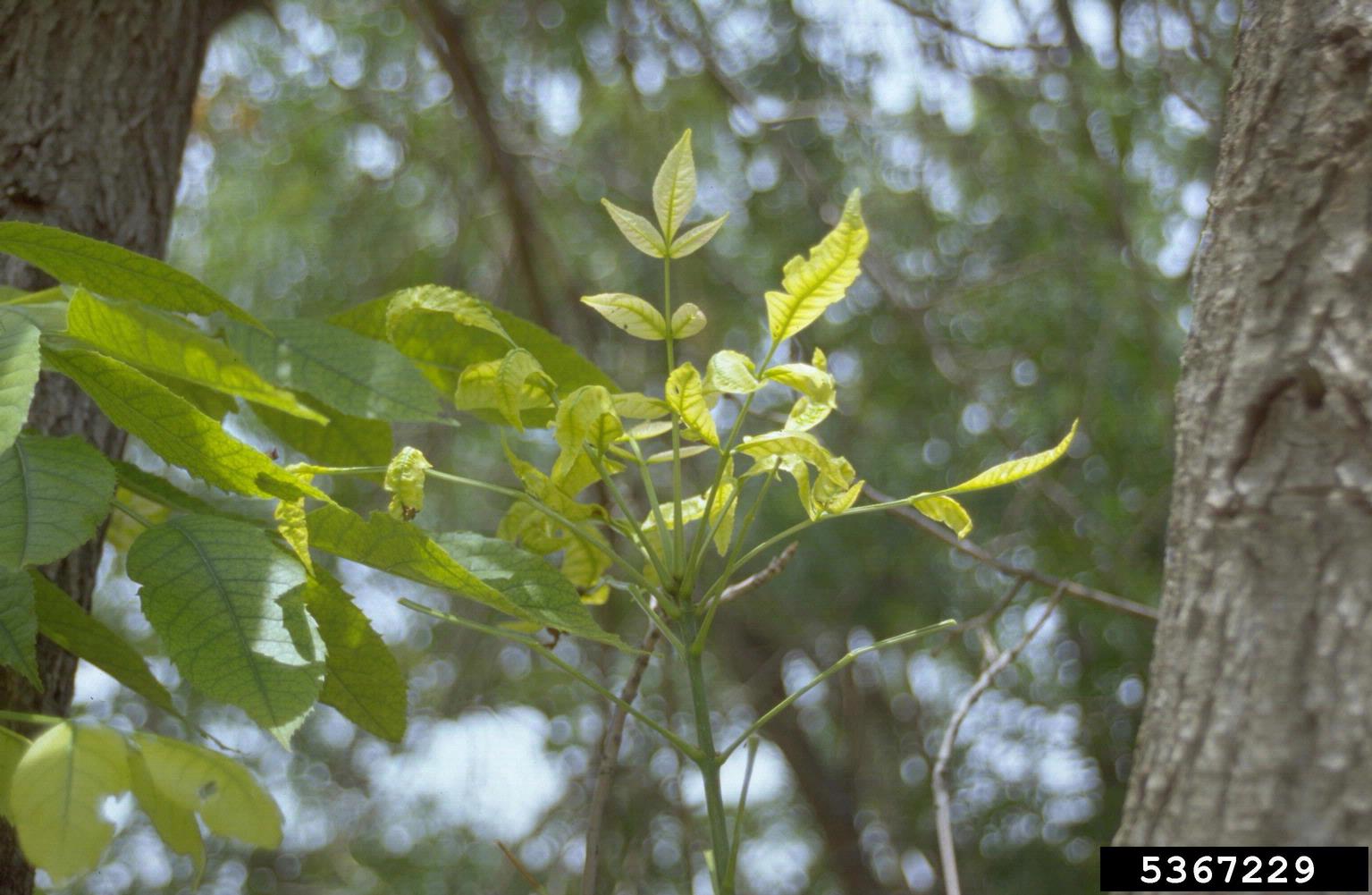

Ash yellows is a devastating disease of ash trees and related plants. It can infect lilacs as well. Find out how to recognize the disease and what you can do to prevent it in this article.
What is Ash Yellows?
Ash yellows is a newly discovered plant disease, first detected in the 1980’s. It probably existed long before that, but wasn’t detected because the symptoms are so similar to those of other plant diseases. In many cases, you won’t be able to get a firm diagnosis without laboratory tests. A tiny, mycoplasma-like organism that we call the ash yellows phytoplasma causes the infection. A disease that infects members of the ash (Fraxinus) family, ash yellows only exists in North America. The symptoms are similar to those of environmental stress and opportunistic fungi. Although we see it most often in white and green ash trees, several other species of ash can also become infected.
Symptoms of Ash Yellows
Ash yellows doesn’t discriminate about location. We find it in commercial woodlots, natural forests, home landscapes, and urban plantings. Dieback may be rapid or very slow. Although it may be several years before the tree deteriorates to the point where it is unsightly or a danger to your landscaping and buildings, it’s best to remove it promptly to prevent the spread of disease. Replace it with trees that aren’t members of the ash family. It may be as long as three years after infection before the symptoms of ash yellows appear. An infected tree usually grows at about half the rate of a healthy tree. Leaves may be smaller, thinner, and pale in color. Infected trees often produce tufts of twigs or branches, called witches’ brooms. There is no effective ash yellows disease treatment. The disease is spread from plant to plant by insects. The best course of action if you have a tree with ash yellows is to remove the tree to prevent the spread to other trees. Does this mean that you have to give up ash trees and lilacs in the landscape? If you know there is a problem with ash yellows in the area, don't plant ash trees. You can plant lilacs as long as you choose common lilacs. Common lilacs and hybrids of common lilacs are known to resist ash tree yellows.
Gardening tips, videos, info and more delivered right to your inbox!
Sign up for the Gardening Know How newsletter today and receive a free copy of our e-book "How to Grow Delicious Tomatoes".

Jackie Carroll has written over 500 articles for Gardening Know How on a wide range of topics.
-
 Grow ‘Karl Rosenfield’ Peony Plants For The Ultimate Frilly Border Beauties And Cut Flowers
Grow ‘Karl Rosenfield’ Peony Plants For The Ultimate Frilly Border Beauties And Cut FlowersFor frilly double magenta peony petals infused with a heady fragrance, grow ‘Karl Rosenfield’ peony plants. Here’s how to cultivate the ultimate plushy blooms
By Tonya Barnett
-
 10 Common Composting Problems That Can Spoil Your Garden Gold – Plus Easy Fixes
10 Common Composting Problems That Can Spoil Your Garden Gold – Plus Easy FixesLearn how to troubleshoot common composting issues before they ruin your stash – from bad smells and bugs to materials not breaking down as they should.
By Susan Albert
-
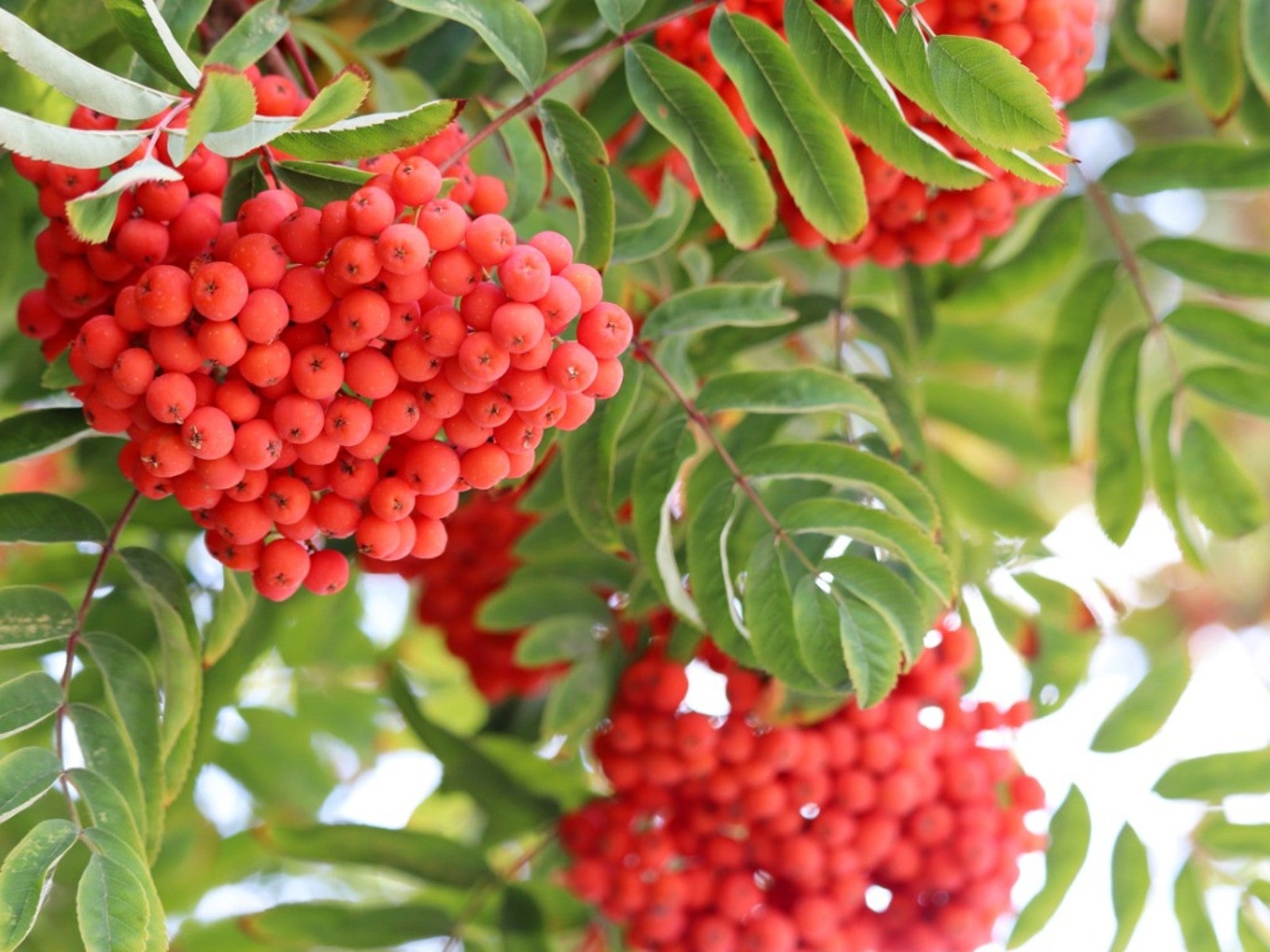 European Mountain Ash: Care For The Rowan Tree
European Mountain Ash: Care For The Rowan TreeAre mountain ash and rowan trees the same? They are exactly the same tree. Read on for more information on these trees.
By Teo Spengler
-
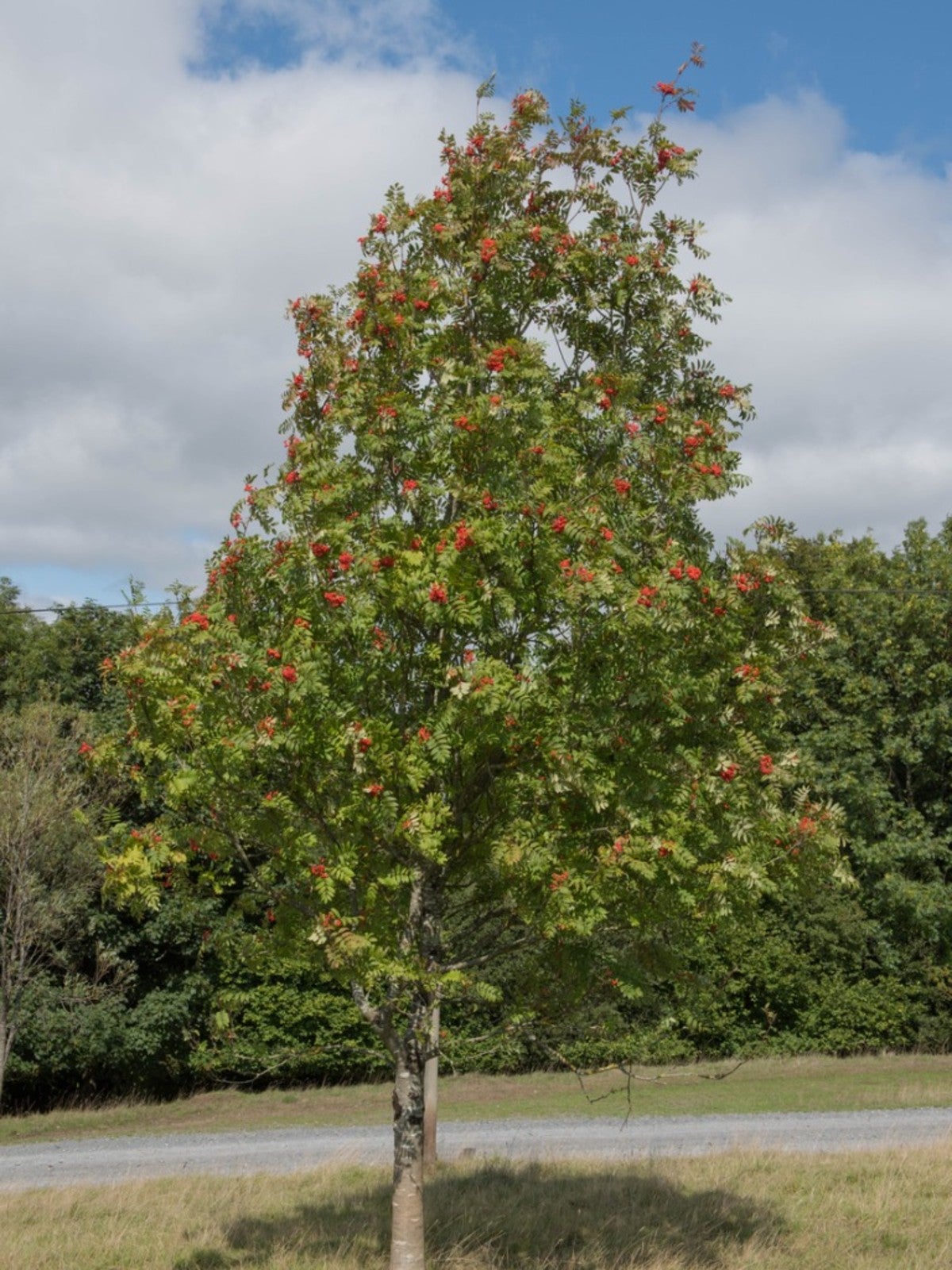 European Mountain Ash Identification - European Mountain Ash Care
European Mountain Ash Identification - European Mountain Ash CareWhat is a European mountain ash tree? If you are considering growing this mountain ash trees for ornamental purposes, click here for tips on care as well as a caution about its invasiveness.
By Teo Spengler
-
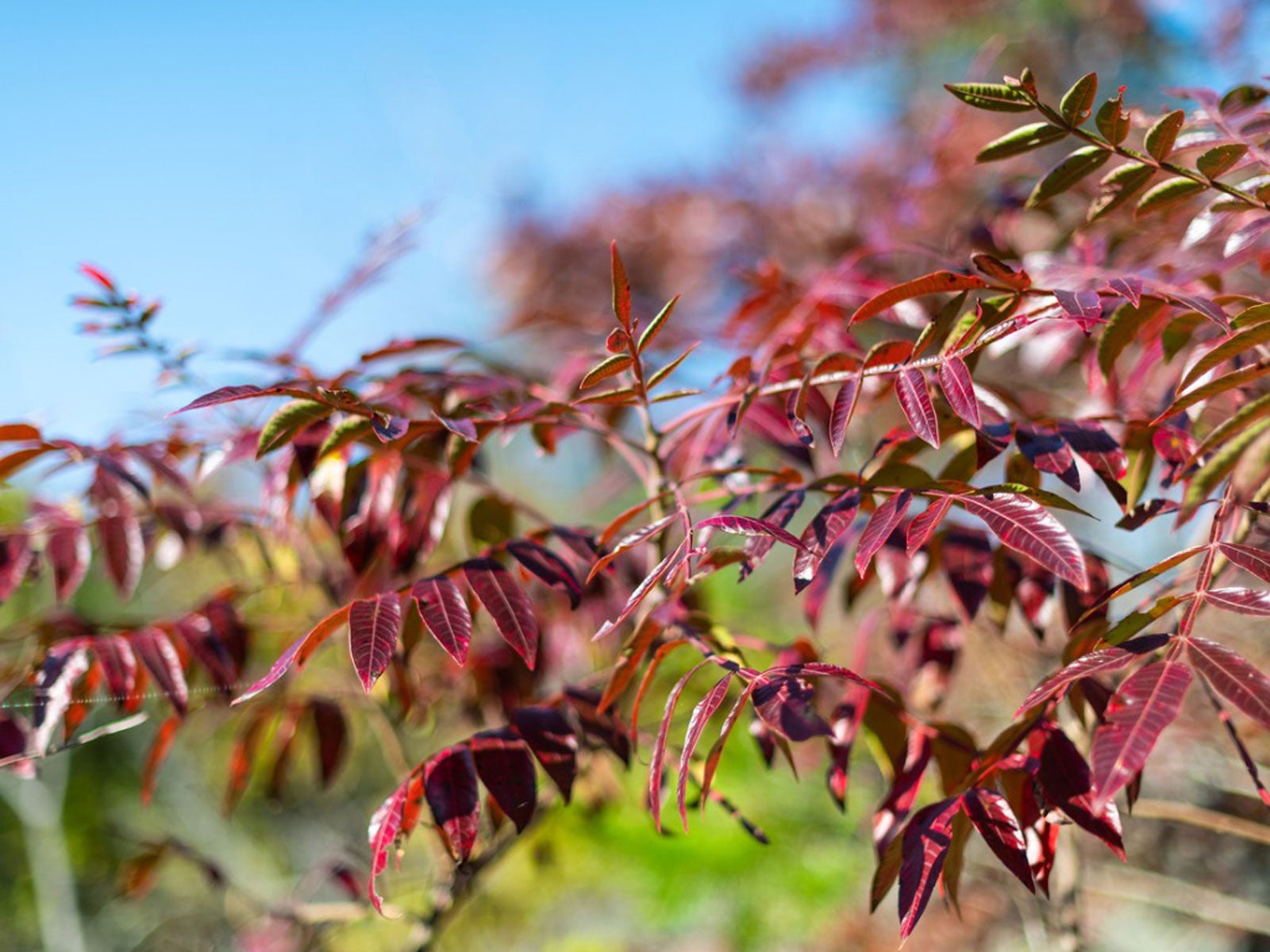 Ash Tree That Turns Purple – Learn About Purple Ash Tree Facts
Ash Tree That Turns Purple – Learn About Purple Ash Tree FactsThe purple ash tree is actually a white ash tree that has purple leaves in fall. Its attractive autumn foliage makes it a popular street and shade tree. For more information about ‘Autumn Purple’ ash trees, click on the following article.
By Teo Spengler
-
 Ash Tree Identification: Which Ash Tree Do I Have
Ash Tree Identification: Which Ash Tree Do I HaveSome species of trees just happen to have “ash” in their common names but aren’t true ashes at all. Find different types of ash tree varieties here.
By Teo Spengler
-
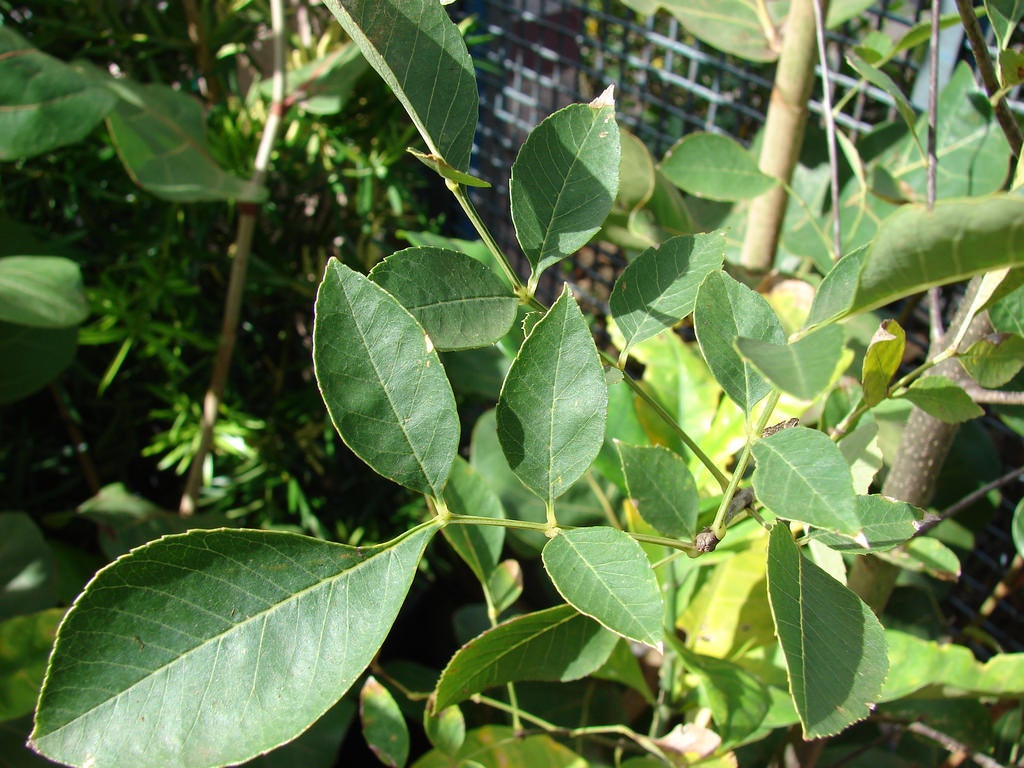 What Is Arizona Ash – How To Grow An Arizona Ash Tree
What Is Arizona Ash – How To Grow An Arizona Ash TreeArizona ash (Fraximus velutina) is an upright, stately tree with a rounded canopy of deep green leaves. It is relatively short-lived but may survive 50 years with proper care. Click on the following article to learn about growing Arizona ash trees in your landscape.
By Mary H. Dyer
-
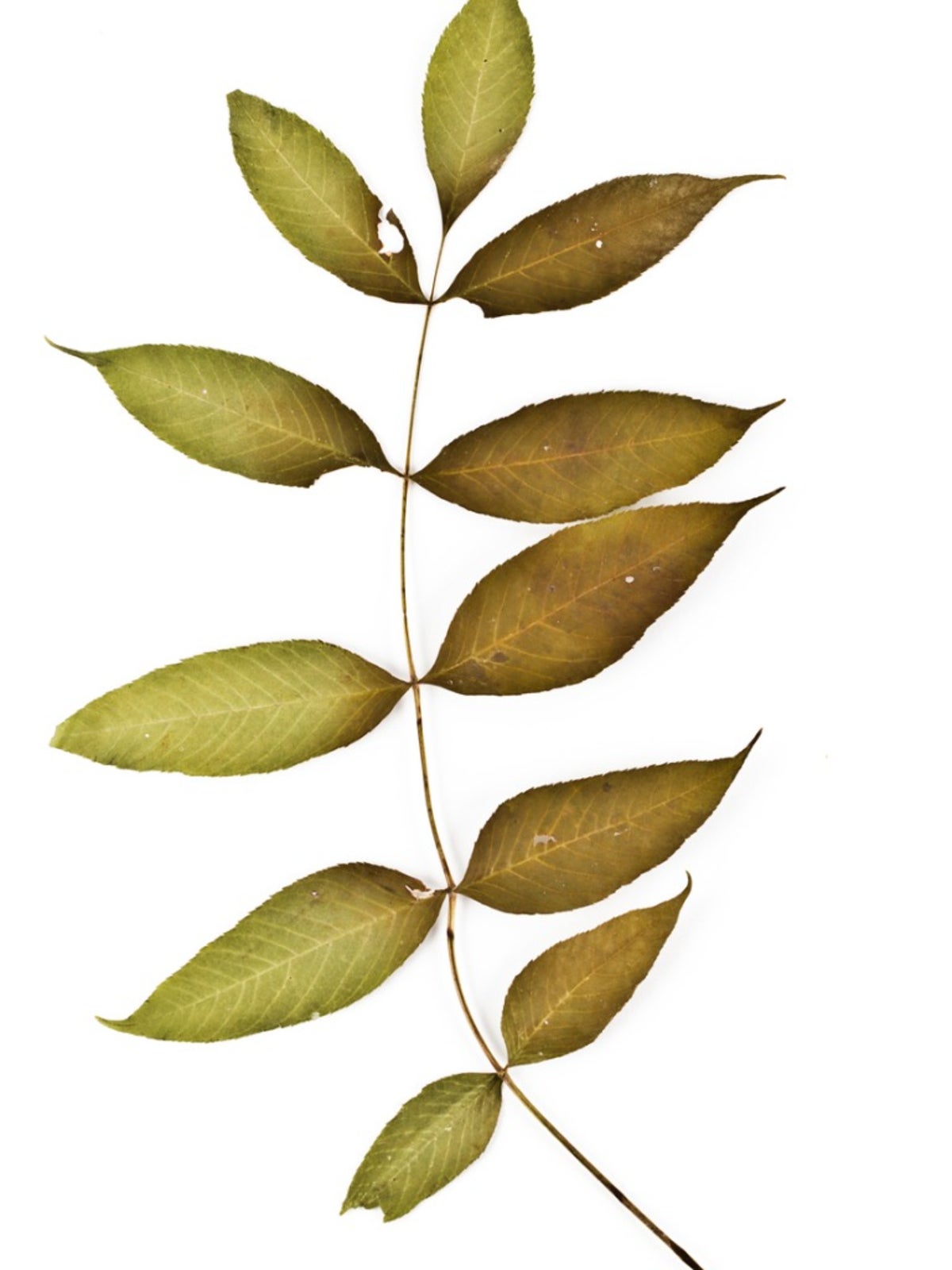 Black Ash Tree Information – Learn About Black Ash In Landscapes
Black Ash Tree Information – Learn About Black Ash In LandscapesBlack ash trees grow slowly and develop into tall, slender trees with attractive feather-compound leaves. This article has additional information about black ash trees and black ash tree cultivation. Click here to learn more.
By Teo Spengler
-
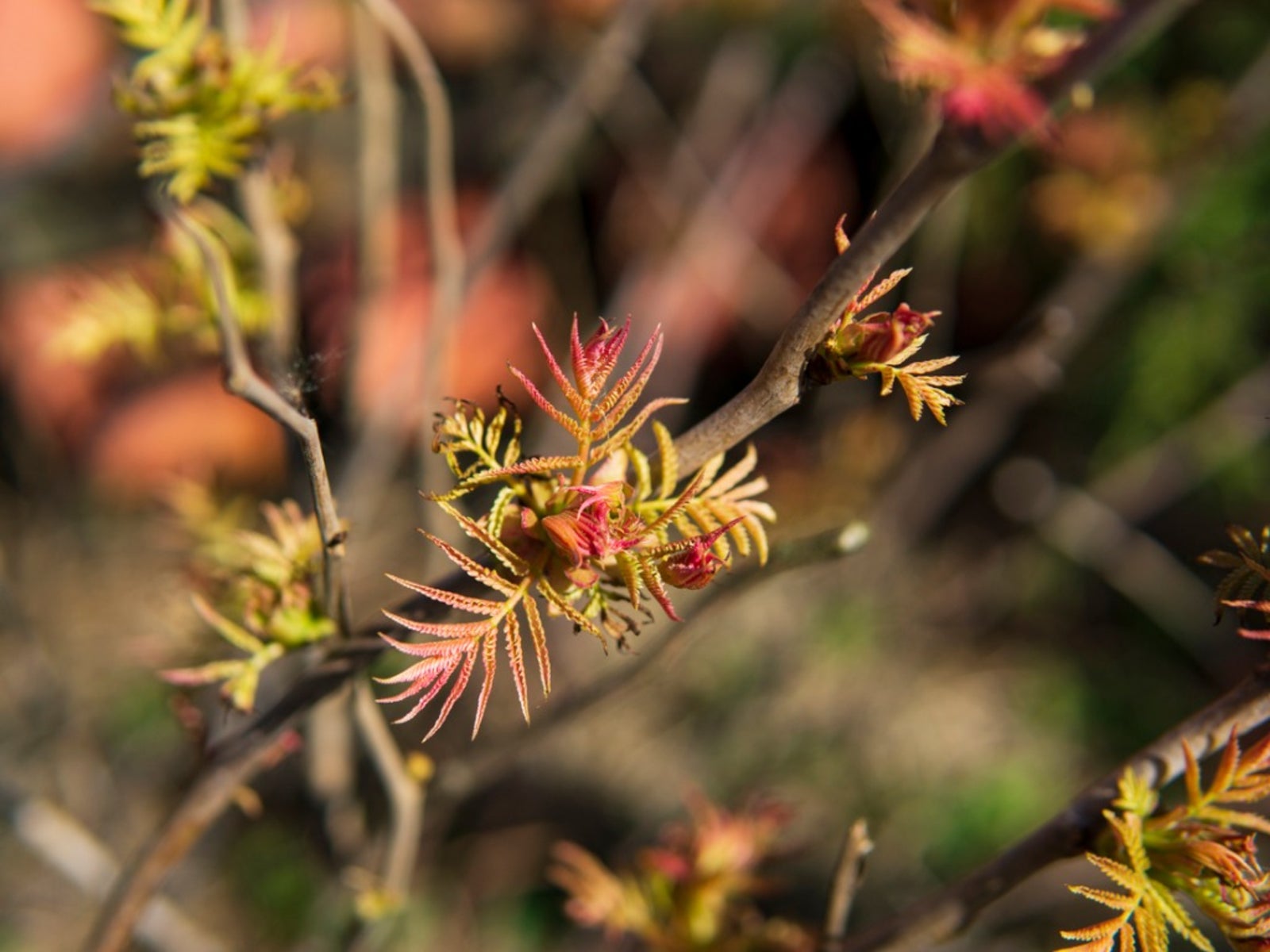 Showy Mountain Ash Care – Can You Grow A Showy Mountain Ash Tree
Showy Mountain Ash Care – Can You Grow A Showy Mountain Ash TreeIf you read up on showy mountain ash information, you'll find that the trees flower profusely, produce attractive berries and offer a stunning fall display. Growing this tree isn't difficult if you live in a cooler climate. Click here for tips on showy mountain ash care.
By Teo Spengler
-
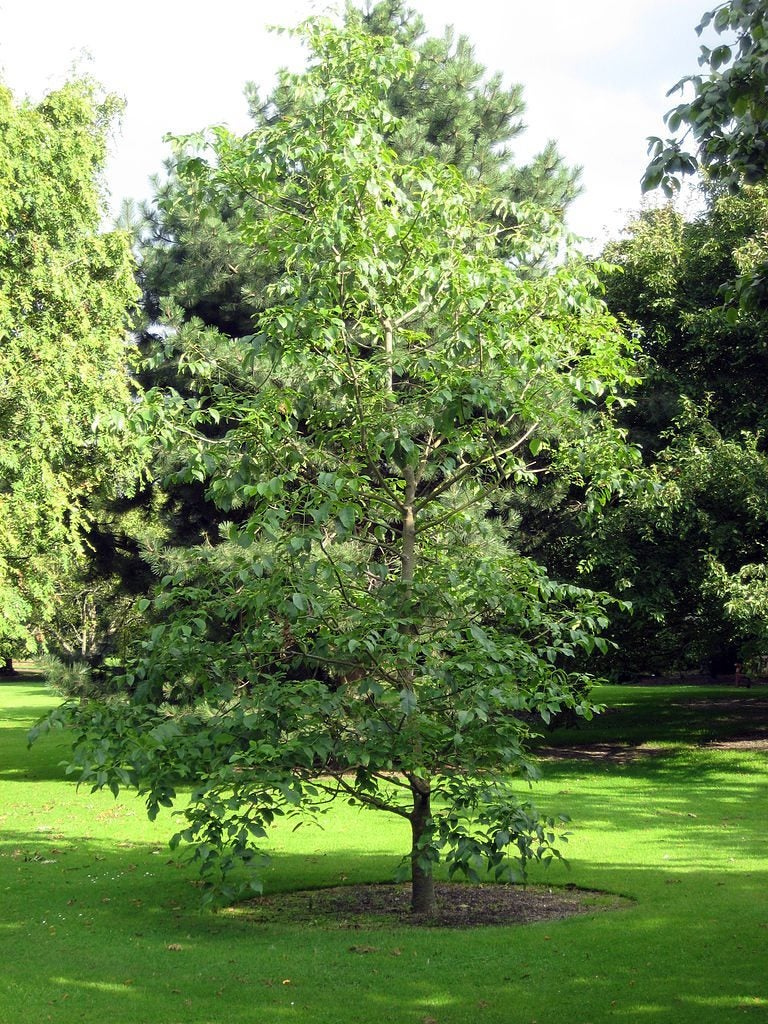 What Is A Pumpkin Ash: Information About Pumpkin Ash Trees
What Is A Pumpkin Ash: Information About Pumpkin Ash TreesYou've heard of pumpkins, but what is a pumpkin ash? It's a fairly rare native tree that is a relative of the white ash tree. If you're thinking of growing pumpkin ash trees, click this article for more pumpkin ash information, as this may not be such a great idea.
By Teo Spengler